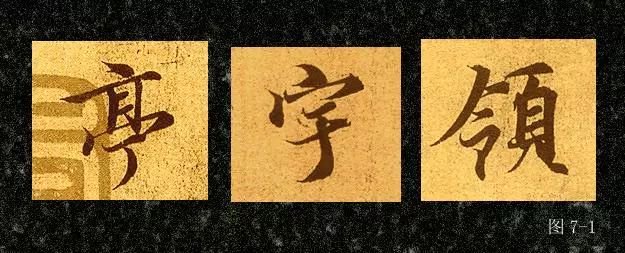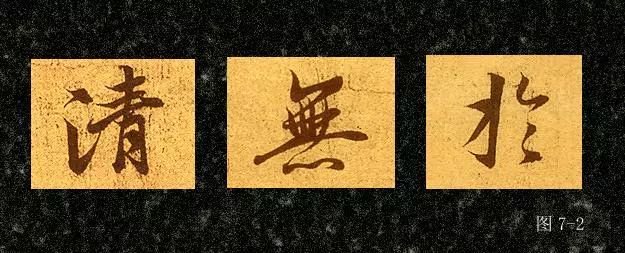The basic strokes of writing: horizontal, vertical, left, back, fold, hook, dot
1. Horizontal writing has the same requirements as regular script, and it is mainly necessary to master the horizontal writing method of thin waist and long length. There are mainly two types of horizontal strokes to be mastered. One is the long horizontal stroke similar to regular script, such as the first horizontal stroke of the character "Ting". The other is a horizontal stroke that begins or ends the stroke, such as the second horizontal stroke of the word "西". This is the key point to master, and it appears a lot in running scripts. Figure 1.
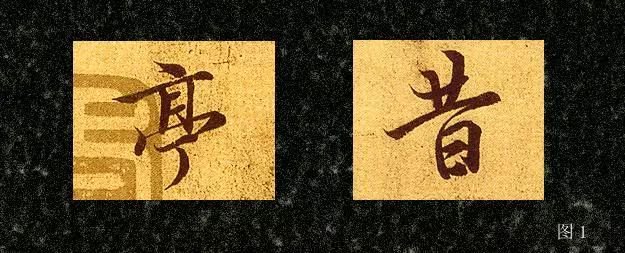
2. Vertical, as shown in Figure 2 (A returns the front and closes the pen, such as "Jian", B draws the front with a sudden stroke, such as "generous", C exposes the front, such as "年") The vertical pen on the left should be closed;
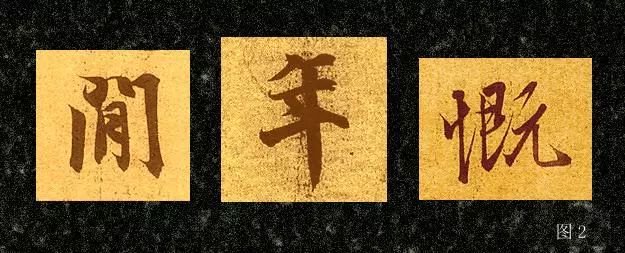
3. Skew, as shown in Figure 3-1 and Figure 3-2 (A is a long skim that exposes the front, such as "She", "Shao" and "Wei", B is a long skil that returns to the front, such as "Sheng" and "和", as shown in the figure) C is mentioned as "old");
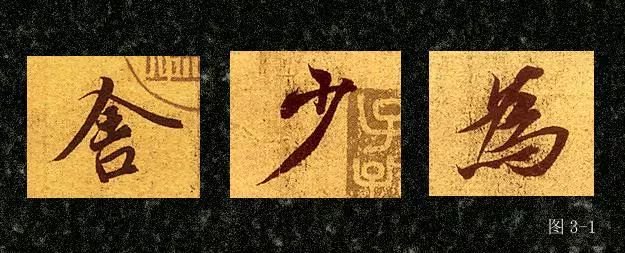
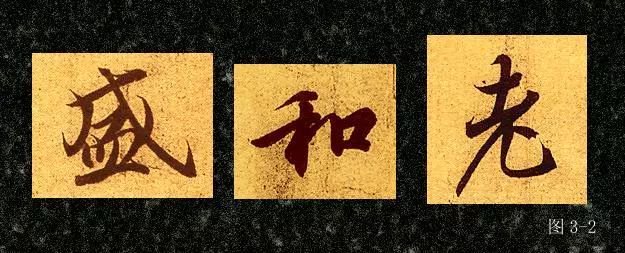
4. Na, as shown in Figure 4 (A type of regular script is like "Yong" in the picture, B is a flat and recycled script, such as "She", and C is a reverse script like "Shu");
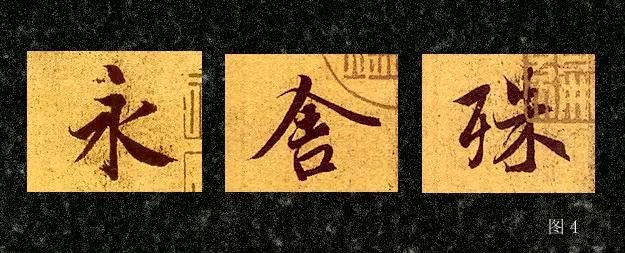
5. Fold, as shown in Figure 5 (A square fold, such as "qu", B round fold, such as "wei", C special fold, such as "和");
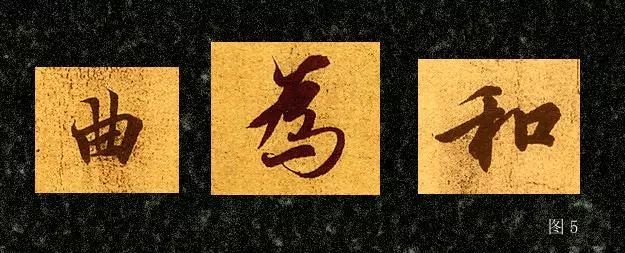
6. Hooks, as shown in Figure 6 (A is like "jiu" in regular script, B is a drag hook like "jing", C is a crab claw hook, like "special");
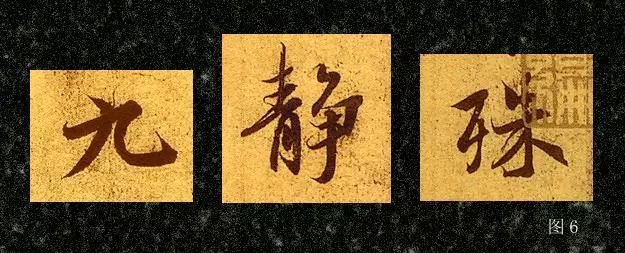
7. Points, as shown in Figure 7-1 and Figure 7-2 (A single point is like "Ting", "Yu" and "Ling" in the figure; multiple points connected are like "Liu", "Qing", "Wu" and "Yu")
